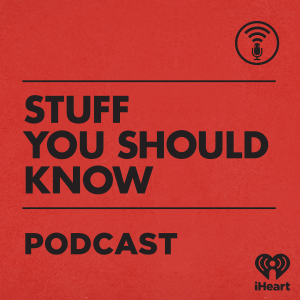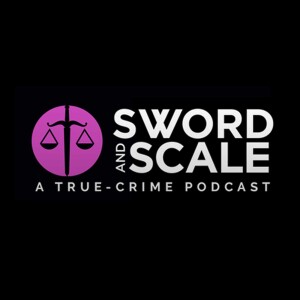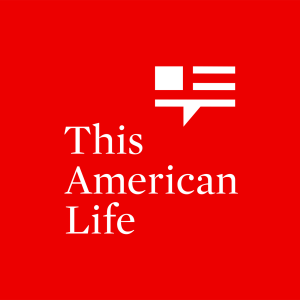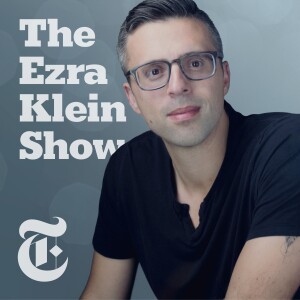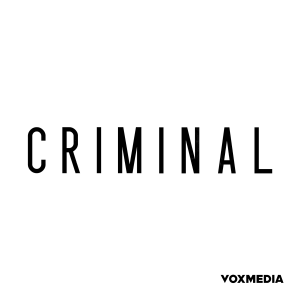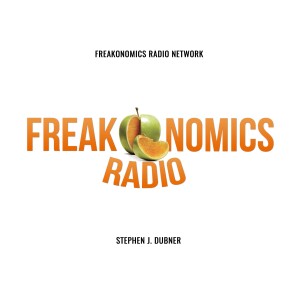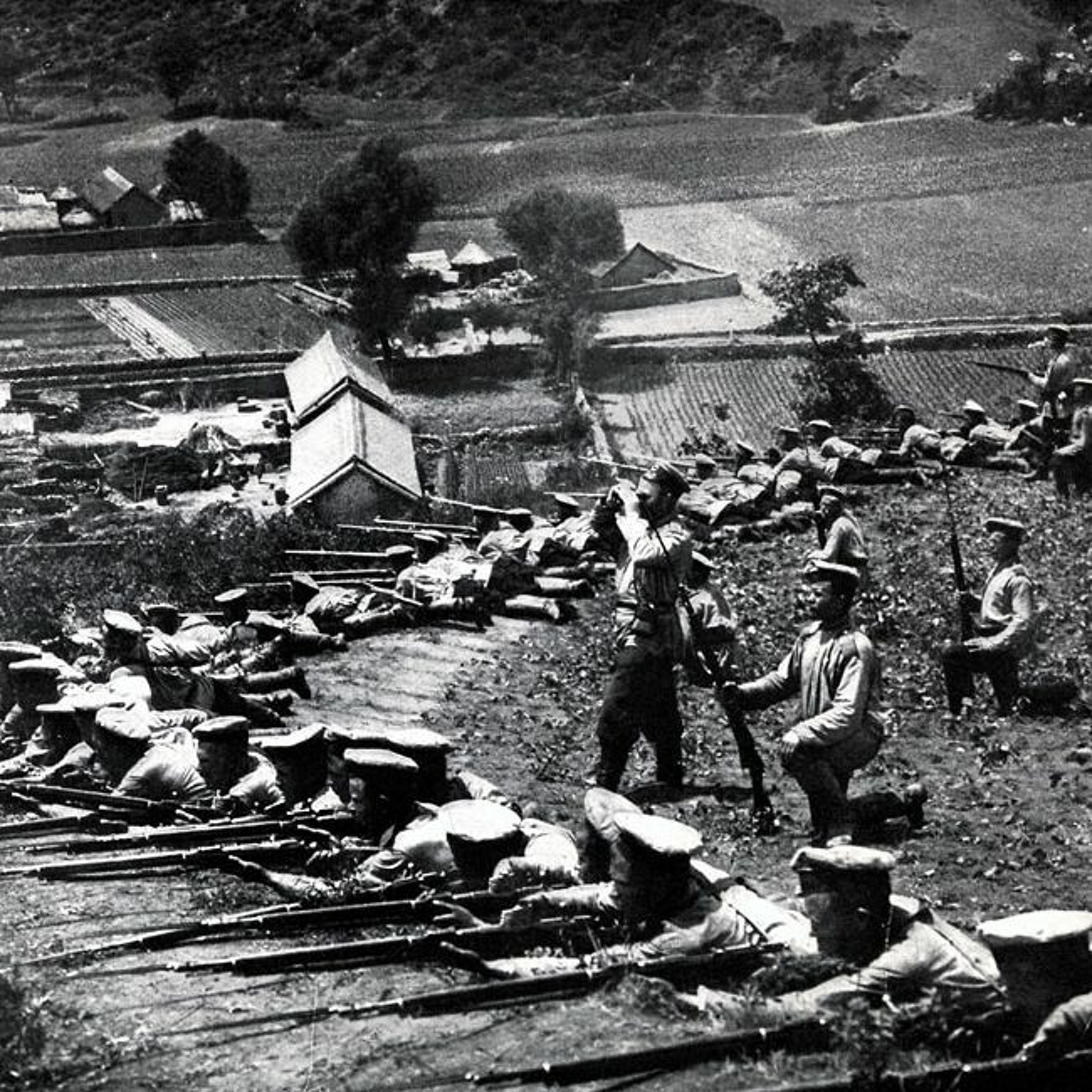

Historiansplaining: A historian tells you why everything you know is wrong
Origins of the First World War, pt. 11 -- The 19th-Century Revolution in Warfare
2024-03-26
The scale and horror of the First World War was possible only after the Nineteenth Century's a double revolution in the nature of war. Warfare -- including weaponry, strategy, and command -- had remained mostly unchanged for three centuries, from the early integration of firearms in the 1400s until the French Revolution; the campaigns of Napoleon unleashed a new era of mass mobilization and nationalistic fury, while a series of haphazard improvements massively multiplied the killing power and...
The scale and horror of the First World War was possible only after the Nineteenth Century's a double revolution in the nature of war. Warfare -- including weaponry, strategy, and command -- had remained mostly unchanged for three centuries, from the early integration of firearms in the 1400s until the French Revolution; the campaigns of Napoleon unleashed a new era of mass mobilization and nationalistic fury, while a series of haphazard improvements massively multiplied the killing power and reach of firearms, tearing open a battlefield "killing zone" unlike anything that prior generations of soldiers could have imagined. We follow both the breakdown in the old distinctions between war and civil society and the breakneck advance in land and sea warfare that set the stage for the nightmare of World War I.
Image: Japanese rifelemen defending a breastwork embankment, Russo-Japanese War, 1904-5.
Margaret MacMillan on war & 19th-century society: https://www.youtube.com/watch?v=hJVe0KLONJU
Nicholas Murray on the emergence of trench warfare: https://www.youtube.com/watch?v=2cbq7iu8FrI
Suggested further reading: Nicholas Murray, "The Rocky Road to the Great War"; Margaret, MacMillan, "The War That Ended Peace."
Please sign on at any level to support this podcast and to hear the recent lectures on Germany, Bosnia, and Japan -- https://www.patreon.com/user?u=5530632
View more
Comments (3)
More Episodes
All Episodes>>Create Your Podcast In Minutes
- Full-featured podcast site
- Unlimited storage and bandwidth
- Comprehensive podcast stats
- Distribute to Apple Podcasts, Spotify, and more
- Make money with your podcast
It is Free



